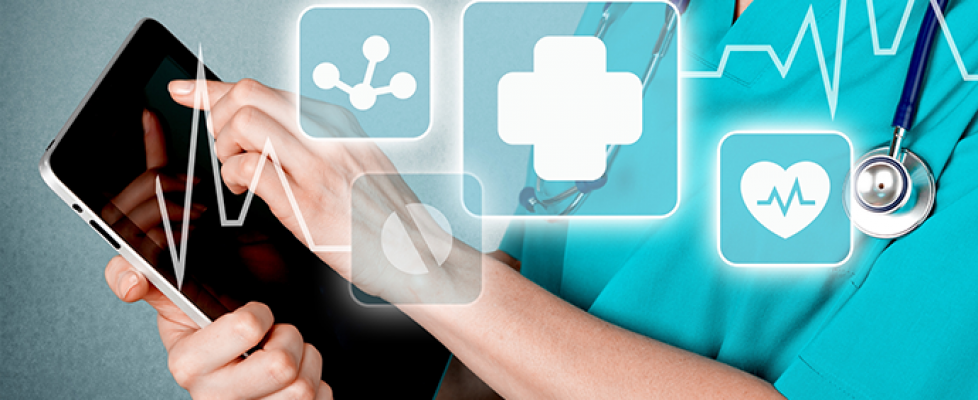As remote patient monitoring expands, so does CPT to describe it
To see where and how the use of digital health tools is growing, take a look at the Current Procedural Terminology (CPT®) code set, which opened the door to payment for remote patient physiologic monitoring and is now doing the same for remote therapeutic monitoring and remote therapeutic treatment management.
Leading the way in this area are codes for devices and services related to the musculoskeletal and respiratory systems, followed by innovations that support ophthalmology therapy for amblyopia and cognitive behavioral therapy.
“We anticipate that this new device family will expand as new proposals are introduced that represent an increasing variety of remote, non-physiologic monitoring and therapeutic functionality,” said David Kanter, MD, a member of the CPT Editorial Panel and the AMA-convened Digital Medicine Payment Advisory Group.
“Digital medicine services are a rapidly growing area of medicine,” Dr. Kanter added. “As digital medicine services become more and more ubiquitous, accurately understanding and categorizing these services in the CPT code set will be increasingly important.”
Dr. Kanter, a neonatologist, spoke during the CPT and RBRVS 2022 Annual Symposium.
Similar codes, different data
The existing remote physiologic codes are intended to monitor a patient’s physiologic parameters such as weight, blood pressure, pulse oximetry or respiratory flow rate.
These new remote therapeutic monitoring codes “focus on musculoskeletal system status, respiratory system status, therapy adherence and therapy response, and represents the review and monitoring of data related to signs, symptoms and functions of a therapeutic response,” Dr. Kanter explained.
Related codes include:
- 98975 to report the initial setup, patient education and use of the equipment.
- 98976 and 98977 are intended to report a 30-day device supply with scheduled recordings or program alert transmission to monitor the respiratory system (98976) or musculoskeletal system (98977).
“The future intention is that the CPT code set may be expanded to account for other body systems in monitoring devices beyond just respiratory and musculoskeletal,” Dr. Kanter said.
A typical use for 98976 would be for patients with asthma or chronic obstructive pulmonary disease who are using a Bluetooth-enabled digital therapeutic device to monitor inhaler dosing and patient symptoms and provide dosing recommendations, Dr. Kanter said. Device data is available at a portal that allows the treating physician to monitor patient progress and adherence.
“Because these device codes 98976 and 98977 are reported to describe the cost of the device supplied to the patient, this family of codes was designed to accommodate additional technology and devices that may have variable costs depending on the therapeutic approach taken by the physician or other qualified health care professional,” he added.
New remote therapeutic monitoring treatment-management services codes are reported for time spent per month:
- 98980 reports the first 20 minutes of management services.
- 98981 reports each additional 20-minute period of management services.
“The assumption inherent in these treatment-management codes is that the physician or qualified health care professional will assess remote therapeutic monitoring data to assist in managing the patient’s condition,” Dr. Kanter said.
These management codes require at least one interactive communication with the patient or caregiver during the per-month reporting period. But time spent on that communication may represent a portion of the minimum 20 minutes required to at least report the initial base code 98980, Dr Kanter said.
These treatment-management services can be reported during the same month as other management services such as chronic-care management, transitional-care management or principal-care management, but time spent must be kept separate and not reported for both services.

